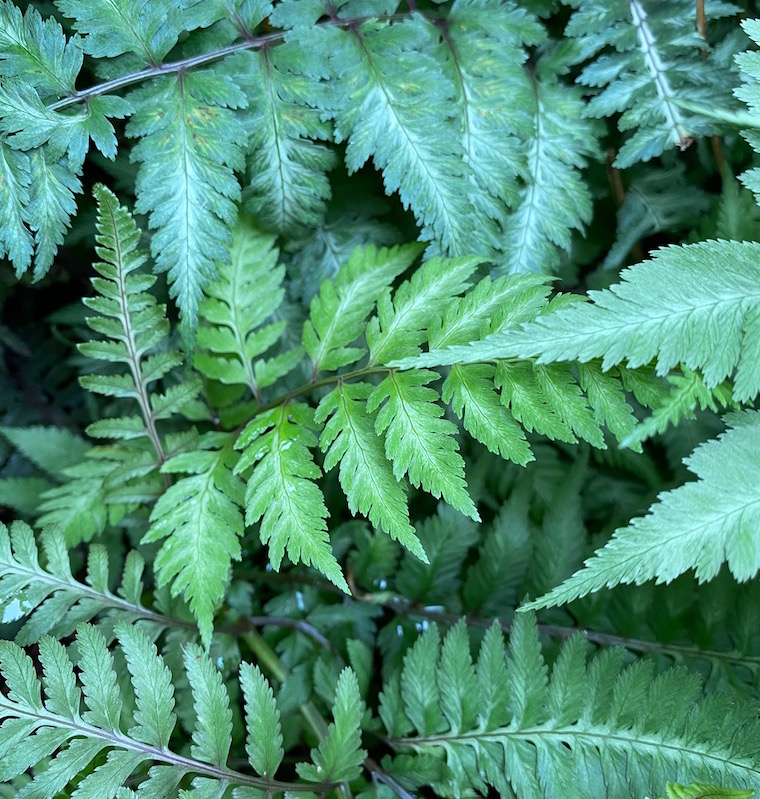It was during the summer of 1998 and the magnificent ‘Ray of Light’ period when Madonna taught the world (or at least the portion of the world watching ‘The Rosie O’Donnell Show’ at the time) how to engage in Ujjayi breathing. Newly-obsessed with yoga, it was a breathing technique she employed when practicing, and as was the case with so many of Madonna’s obsessions it trickled down to me. To this day, I narrow my windpipe and slow the breath when I meditate, and it has become a simple but effective way of calming my body.
Known also as the ‘ocean breath’ it is a deep breathing technique that uses the diaphragm and stomach as the main means of propelling air, as opposed to the upper chest that most people use out of habit and ease. First, you close your mouth and breath through your nose. Narrow your throat and air passageway so the breath is constricted and slowed. The breath and air should be noticeably louder now as you’re passing more air through a smaller space, and the accompanying effect sounds similar to an ocean in the distance. Using your belly first, expand your diaphragm so air fills the space, opening and allowing it to move into your rib cage and finally up into your chest and throat. Slowly exhale in the same time that you inhaled. (That time will differ according to comfort level, and at first it will be as quick as your regular breathing sequence – the goal is to gradually elongate the breaths.)
It may feel slightly suffocating at first, but just keep breathing, retaining a sense of calm and regularity, focusing on the breath and the sounds and the way you are slowly opening up your belly and rib cage and chest, allowing the air to fill in those spaces like light, expanding that space and pushing ever outward. I’ve found that this helps with any back pain I’ve had too. We often neglect to use a huge portion of our lungs when we breathe, taking shallow and more frequent breaths instead of focusing on slowing things down. If you have ever been aware of your breathing as you fall asleep, you will find it veers closer to the calm and measured deliberate cadence of Ujjayi breathing.
This is how I breathe when I meditate, and it’s been helpful in moving past the first uncomfortable weeks of not quite knowing or understanding what meditation method would work best for me. By employing this breathing technique, I could focus on the breath above all else. That was enough to capture enough focus so I could meditate with a mostly uncluttered mind for a few minutes each day. Once that was done, and once I had a feel for what that clarity felt like, I understood the point of meditation.
It won’t work for everyone. Some people like to focus on a body scan to eliminate distracting thoughts, or have a mindful intention on a certain feeling of calm or relaxation that holds their focus – the important thing is that your mind is clearing itself for a few minutes and you understand what that feels like. It is a release and a relief, and once you access that you can, ideally, bring it into the rest of your day. If done consistently, it will spill over into your regular life, training your brain not to be overwhelmed with racing thoughts and worries. That’s the ultimate benefit of meditation in my life, and why I keep pushing it onto my friends and family. (It turns out I’m a terrible pusher because no one has found similar joy in it – mostly because my friends are too high-strung and engaging to be able to sit still for five minutes. It’s why I get such a kick out of them. Sadly, I think they’re the very people who would benefit most from slowing down and finding a space for quiet and stillness and silence. That’s the way of the world.)
As for Ujjayi breathing, it’s become a place of refuge, a practice that can be employed anywhere at any time, and it instantly produces a peace because I’ve training my mind and body into receiving it as such. It’s a way of conjuring the undulating tranquility of the ocean while in the midst of an arid desert. As we prepare for the possibility of hunkering down at home, it’s more important than ever to find such mechanisms of escape and peace.
Back to Blog


